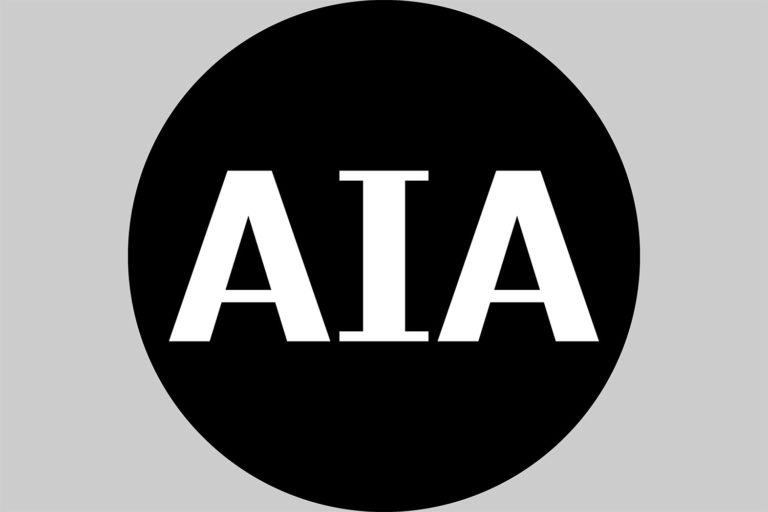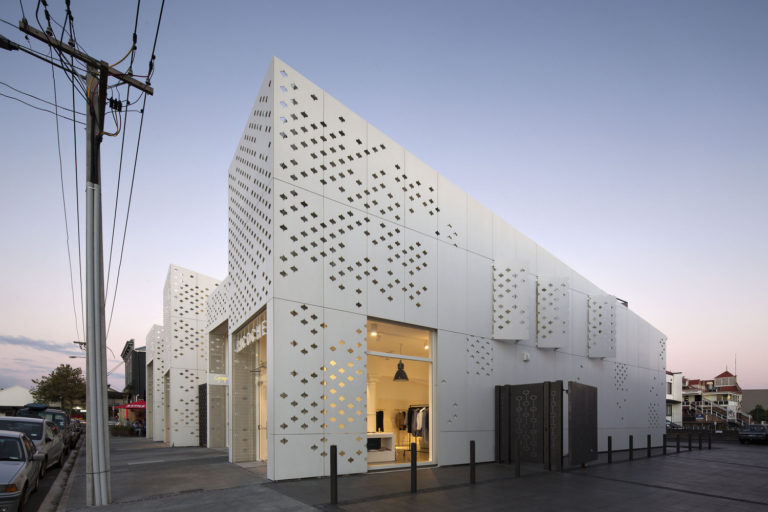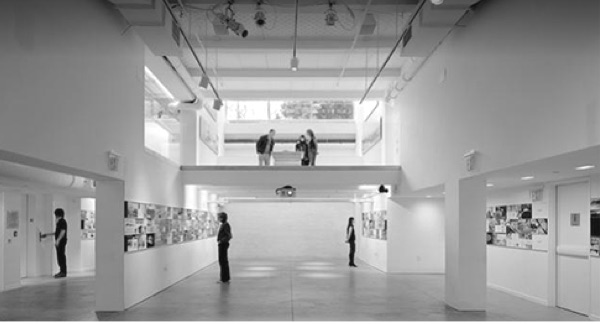AIANY Statement on CPC’s Recommendation on MSG’s Special Operating Permit and Penn Station Redevelopment
AIANY statement on the City Planning Commission’s recommendations on Madison Square Garden’s Special Operating Permit and Penn Station Redevelopment. Recognizing the extraordinary significance of Madison Square Garden’s location directly above Penn Station and the millions of riders who use the station, AIANY believes the following key principles must be considered in helping to inform the decision making process for these actions:
- Civic Importance of the Public Realm Surrounding Penn Station and Madison Square Garden
- Need for a Transformation of Penn Station
- Interrelationship of Madison Square Garden and Penn Station







